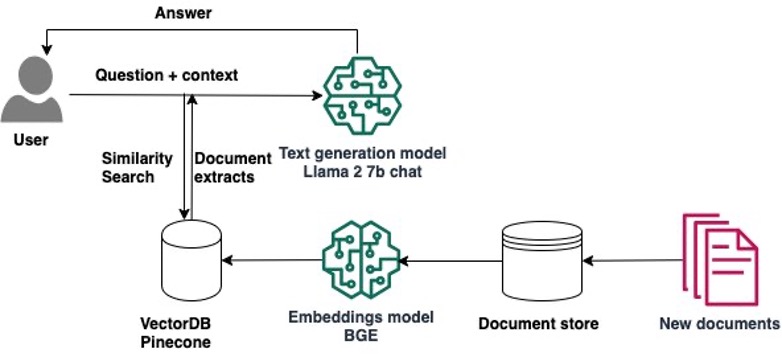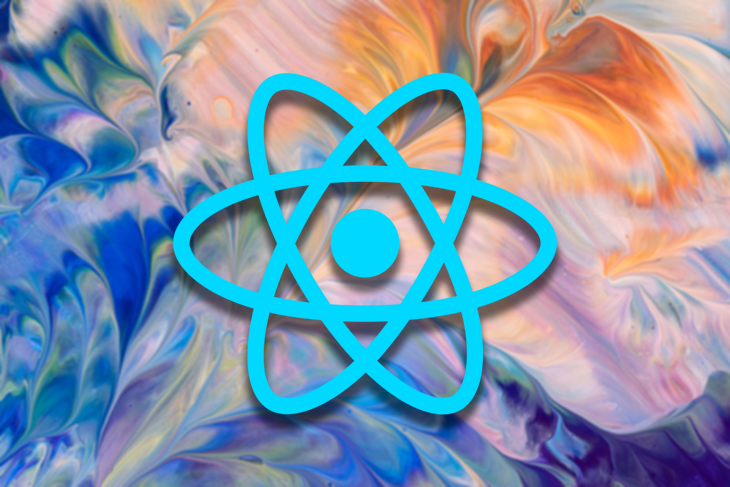Recent technological advancements in data storage have led to a shift away from traditional hard disk drives (HDDs) towards faster and more efficient solid-state drives (SSDs). In this article, we will explore SSD technology and the popular protocol used to connect it to a computer’s motherboard called non-volatile memory express (NVMe). While SSDs and NVMe drives are often used interchangeably, they are actually different data storage technologies that can complement each other.
SSDs are semiconductor-based storage devices used with flash storage, while NVMe is a protocol for data transfer with reduced system overheads per input/output operations per second (IOPS) that is used in SSDs with flash memory. It’s important to note that not all SSDs are NVMe drives, but every NVMe device is also an SSD drive. NVMe was designed to speed up data transfer to systems connected via a PCI Express, a standard serial expansion bus for connecting computers to peripheral devices.
Before the invention of SSDs, HDDs and floppy drives were the most commonly used storage drives. However, SSDs introduced a new technology called NAND, a non-volatile type of storage that doesn’t require power to retain data. Unlike HDDs, which have moving parts, SSDs are much faster because they contain no moving parts.
NVMe SSDs offer the fastest data transfer speeds available, with transfer speeds of up to 20 gigabytes per second (Gbps) through the Peripheral Component Interconnect Express (PCIe) bus. NVMe drives are also non-volatile, meaning they don’t require power to retain data. They can connect directly to a computer’s CPU using a PCIe socket, enabling faster data transfer compared to SATA drives.
SATA SSDs are another popular type of SSD that is compatible with older technologies. While they have slower transfer speeds compared to NVMe drives, they are still considerably faster than traditional HDDs. SATA SSDs have a maximum transfer speed of six gigabytes per second (Gbps).
M.2 drives are a type of SSD that can connect directly to a computer’s motherboard using the M.2 form factor. They are power efficient, compact, and don’t require cables for connection. Despite their small size, M.2 drives can hold up to eight terabytes (TBs) of data and are compatible with any motherboard that has an M.2 slot. When using the NVMe interface, M.2 NVMe SSDs can achieve some of the fastest data transfer speeds available.
PCIe SSDs are expansion cards that connect a computer to various components using the PCIe serial expansion bus standard. PCIe slots come in different sizes, with each size determining the number of lanes for data transfer. NVMe SSDs access flash storage through a PCIe bus, reducing latency and improving performance.
NVMe (non-volatile memory express) is a data transfer protocol designed for flash storage and SSDs. It offers high bandwidth and fast data transfer speeds, optimizing response times and reducing latency. NVMe technology is ideal for data-rich compute environments and is more power-efficient than SCSI.
When choosing between NVMe and SSD technology, several factors should be considered, including price, technical specifications, storage capacity, and speed. SATA SSDs used to be cheaper than NVMe SSDs, but the price difference has been decreasing. The choice between NVMe and SATA depends on device compatibility and the number of PCIe connections available. Both NVMe and SATA SSDs come in various storage capacities, with larger capacities available at higher price points. NVMe SSDs offer faster data transfer speeds compared to SATA SSDs.
In conclusion, recent advancements in data storage have led to the popularity of SSDs, particularly NVMe SSDs, which offer fast data transfer speeds and improved performance. SATA SSDs are still a viable option for devices that don’t support NVMe technology. Ultimately, the choice between NVMe and SSD depends on factors such as device compatibility, price, and storage needs.
Source link























